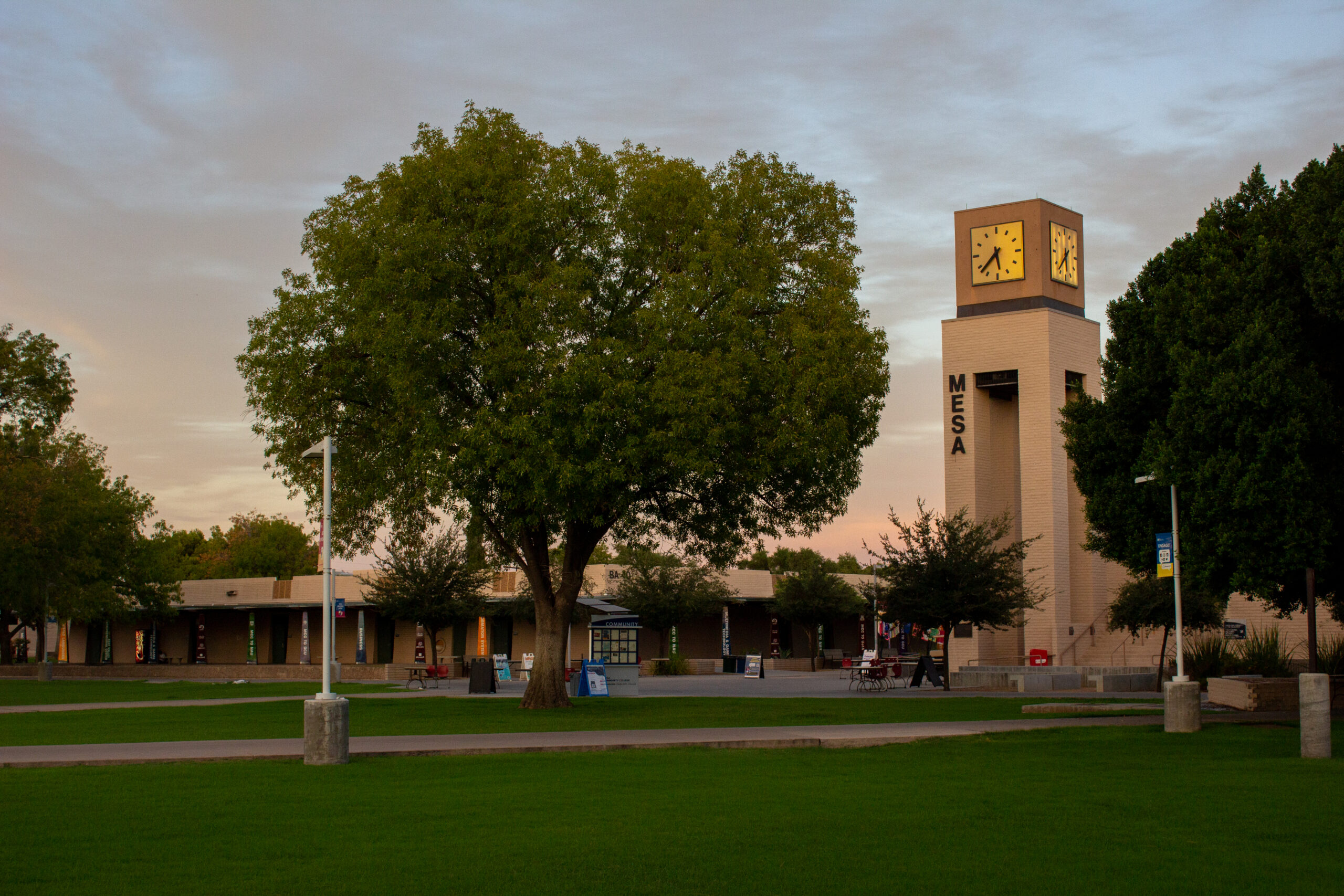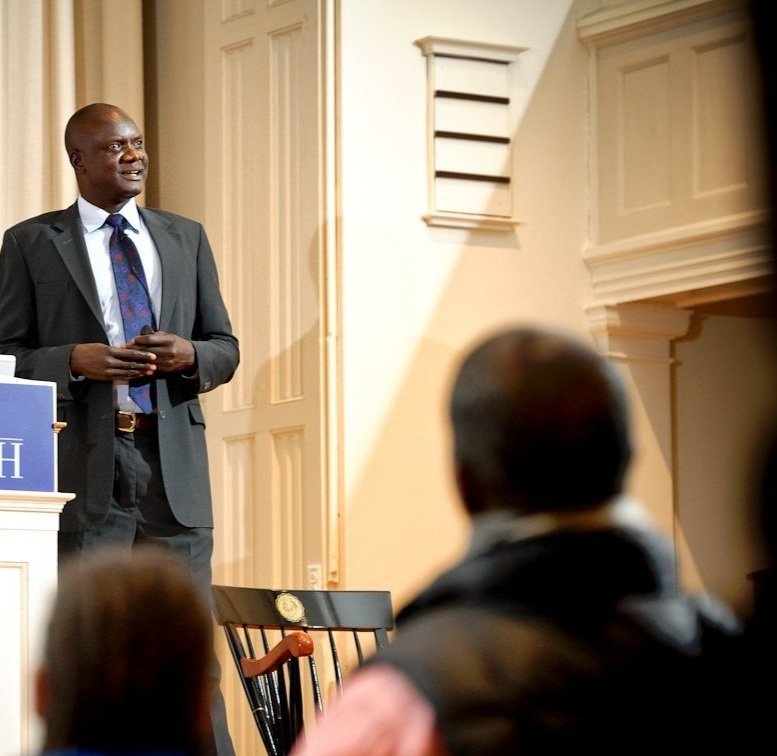Study abroad opens window to world
Christian Jensen
Mesa Legend
Mesa Community College offers multiple Study Abroad programs including locations like Mexico, Africa, and many other places. For a fee, students have the opportunity to travel abroad to earn credits in classes like photography, storytelling, international business and numerous other courses. Fees include tuition, a program fee, lodging deposit, registration, airfare, textbooks, and meals. Some of the programs pay for the student’s meals and housing.
Fees vary by program but there are scholarships available and they can use their Financial Aid to help pay for the trip. The scholarship is offered through International Education, which can fund up to $1,000.
All students have to do is write an essay and answer a few questions. Students typically receive some kind of funding if they apply for the scholarship.
Mesa Community College has 11 study abroad programs that students can choose from. Not all of them are offered this year but the list of programs are: Amman, Jordan; Andalucía, Spain; Ireland, China, Belgium, France, Germany, Luxembourg, the Netherlands, Guanajuato, México; La Selva, Costa Rica; Namibia, Africa, Nottingham, Britain, Orléans, France, and Puerto Peñasco, Mexico. Mesa Community College is giving students an opportunity to travel the world, learning about the different cultures, and receiving college credits along the way to help them earn the degree they want while spending time in countries around the world. The programs can cost anywhere between $1,000 and $5,697 depending on the program chosen. One of the programs is located in Guanajuato, Mexico. This program takes off on May 31 and returns to Arizona on June 27.
Guanajuato is in the center of Mexico. It was an old mining city that was established in the late 1500s. The landscape is very colonial. According to Jaime Herrera, former director of the Guanajuato study abroad program, “At one point in time, one of the mines there produced over half of the world’s silver,” Herrera said. “It’s very old and it’s very colonial. It’s very small, very safe, and it’s a university town because there is a very prestigious university in Guanajuato, Universidad de Guanajuato.” The city is still relatively prosperous, mainly because of mining going on there and Guanajuato is one of the states that sends the most immigrants to the United States, so a lot of the money comes back to Guanajuato. “A lot of people that have been to Europe tell me that it reminds them of smaller European cities; lots of cafes, narrow alleyways, cobblestone streets. There are a lot of people walking around.” Herrera said.
“Mexico is a tough sell. Two reasons primarily, one, the news we get out of Mexico is always bad. We never get good news,” Herrera said. “Two, a lot of people’s perceptions of going to Mexico is Rocky Point, Tijuana, or Cancun. So they think they’ve experienced Mexico.” Herrera said, when asked about why the Guanajuato program didn’t make it this year. “Some of the other programs have more of an allure, like the European programs. They always make.”
The district’s oldest program, Guanajuato, has been in place since 1986. Jaime got involved in 1994 as a faculty member but took over as director of the program soon after that. “For many years, we had a very vibrant program. One year we took 55 students,” Herrera said.
Maricopa County College faculty travels to Guanajuato with the students.
Another part of the studies are in the form of excursions. When students arrive in Mexico, they are in Mexico City, where they’ll be staying for five days of their trip. This makes it easy to embark on their first excursion; a trip to a town near Mexico City, a quaint town where a lot of American retirees stay; this lets students see a different kind of city in Mexico. “We used to go to a volcano in the neighboring state, Michoacán, but that state is pretty heated at the moment,” Jaime said. Students also go to Tehuacan, 158 miles from Mexico City to see the pyramids the town has to offer. They go to a lot of museums while they are in Mexico City.
When students are in Guanajuato, they stay with families that have signed up to let students stay with them. Most of the homes are middle class and upper class, so the homes are nice. Students are adults, so they are free to roam and do as they please (as long as it doesn’t violate Maricopa County College rules) when they are not doing activities required for the program. In all, the Guanajuato program costs about $4,000 for four weeks, according to Herrera. Unfortunately, Mesa Community College had to cancel this program for the year 2015 simply because there aren’t enough students signing up for the program. The last time they ran the Guanajuato program was in 2013, when Herrera was the director of the program. Herrera has now passed the reigns to other faculty members, Maria Martel and Craig Jacobsen, hoping to boost the programs popularity.
“In the summer of 2016 we hope to take a group of students to the Guanajuato International Film Festival held every year in the 2nd half of July. Students will begin their coursework in International Film during the summer session, and then travel to Guanajuato, Mexico for a week or 10 days to attend the film, festival, including screenings, workshops, and director/producer talks,” Craig Jacobsen said, when asked about his and Maria’s plans for reviving the program. “We haven’t decided on courses or any of the specifics, just that we would take advantage of the film festival.” Another program offered is in Namibia, Africa, which is offered typically every other year. In this program, students travel the country in 4×4 vehicles photographing the wildlife, landscapes, and Africa’s unique ecosystems.
On June 23, students fly into the capital of Namibia, Windhoek, the largest city in the Republic of Namibia. When students arrive in Africa, they’ll be backpacking. The next three nights, they’ll be in Etosha National Park with Africa’s they’ll be staying in preserves an d national parks, bush camping. There will be a few nights where students are sleeping in beds though.
Namibia is located in the southwestern corner of Africa. It’s a very dry area. Namibia is home to the largest sand dunes south of the Sahara. The population of Namibia is very low. “Most meals are provided.” “The 4×4 vehicles come fully equipped with a freezer, all the camping gear we need, cookers, hot pans, and so on. I do bring along a cook and students help out each day.” Dr. Dennis Miller said, the director for the Namibia, Africa study abroad program, who’s visiting Namibia for the fifth time this summer . This program is offered typically every other year because Miller is also the director of the Costa Rica study abroad program.
While they’re not doing activities required for the program, students have the chance to participate in activities like sandboarding, or dune surfing, and adventure sports in Swakopmund, a city on the coast of western Namibia.
The courses offered through this program are Digital Photography (3 credits) and Environmental Biology (4 credits). Students are required to bring their own cameras on this trip.
“It’s almost impossible not to take thousands of pictures,” Miller said. “Then there’s a biology class students also take. They’ll learn how to photograph an animal in order to show its biology.”
The excursions the program includes are visiting Etosha National Park, where students will be with Africa’s big five, the lion, elephant, buffalo, rhino, and the leopard. Students will have an opportunity to take pictures of these wild animals. Not all of their time will be spent in the wild though.
There are some excursions to villages and cities. Another excursion is seeing the dunes at Sossusvlei National Park so students can take fantastic photographs of the landscape. The Cheetah Conservation Fund gives students the opportunity to get up close with cheetahs. The students will be returning from this program on July 13. This program is estimated to cost $4,788 in total. Some students were completely unaware of the study abroad programs offered at Mesa Community College. Ben Coffman, a freshman taking classes at MCC’s Red Mountain Campus, said he “had no idea MCC offered study abroad programs. If I would have known about them sooner I think I would have signed up for one.” When he was told about the trip to Africa, Serjio Jarquez was amazed and shocked by the fact that a community college offered such a “wild study abroad program.”









